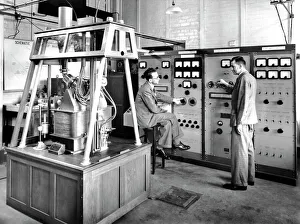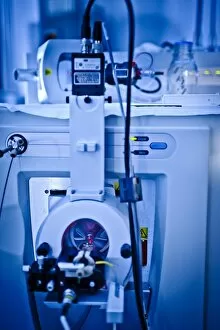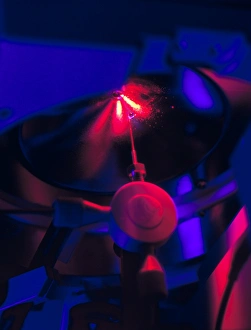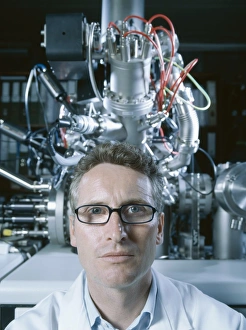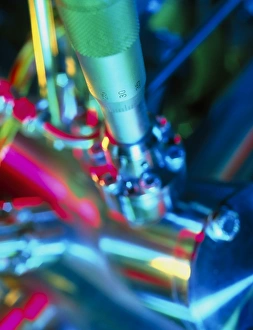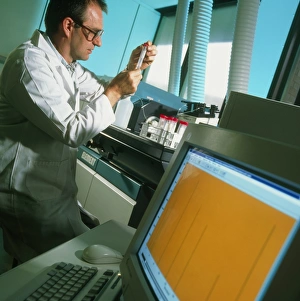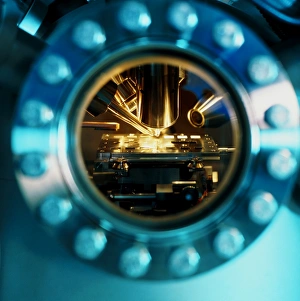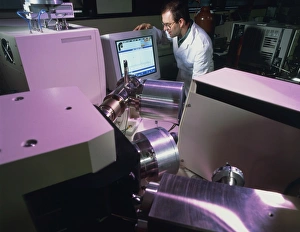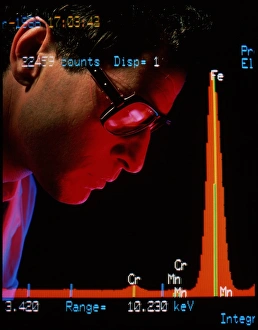Mass Spectrometer Collection
The mass spectrometer, first introduced in 1954, has revolutionized scientific research and analysis
All Professionally Made to Order for Quick Shipping
The mass spectrometer, first introduced in 1954, has revolutionized scientific research and analysis. One notable application is its use in Glenn's Extreme Environment Rig (GEER), where it enables scientists to study the composition of various substances under extreme conditions. Renowned US geologist Brent Dalrymple has extensively employed this powerful tool to investigate geological samples and unravel Earth's history. In laboratories worldwide, the mass spectrometer plays a pivotal role in countless experiments. Its ability to precisely measure the masses of ions allows researchers to identify unknown compounds and determine their chemical structures with remarkable accuracy. Whether analyzing proteins or studying complex organic molecules, this instrument proves invaluable in protein research. Mass spectrometry itself encompasses a range of techniques that utilize these instruments for diverse purposes. From identifying pollutants in environmental samples to detecting drugs in forensic investigations, its applications are vast and ever-expanding. A close-up view reveals intricate components within a mass spectrometer - ion sources, analyzers, detectors - all working together seamlessly to provide precise measurements. The hands injecting a sample into the instrument highlight the meticulousness required for accurate results. As technology advances, so does our understanding of the world around us. Mass spectrometers continue to evolve alongside other scientific tools, enabling us to delve deeper into molecular mysteries and unlock new realms of knowledge.

